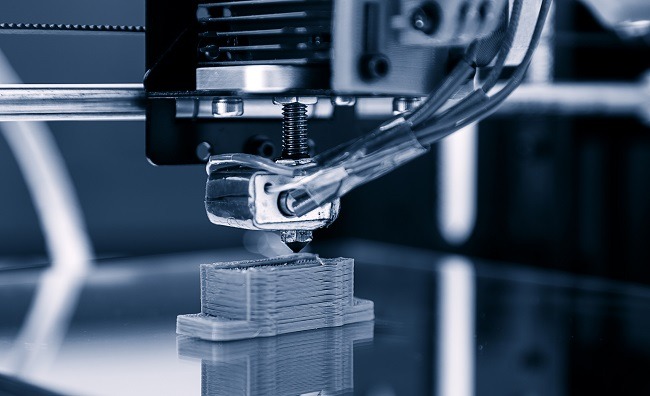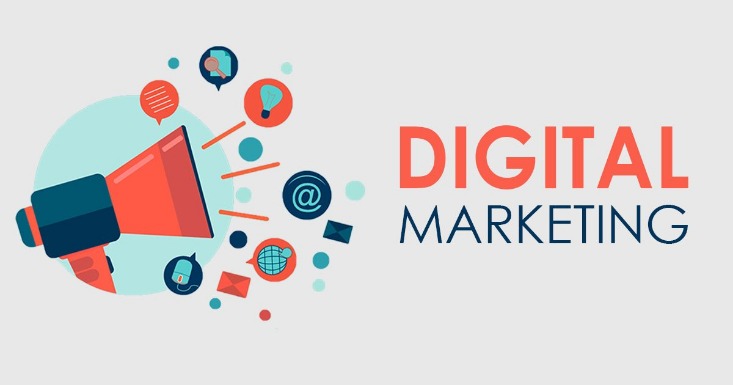In today’s fast-paced technological landscape, the demand for efficient and reliable electronics manufacturing processes is ever-growing. At the core of these processes are components like PCBA, PCB assembly, and Surface Mount Technology (SMT). Whether you’re a hobbyist making a PCB prototype or an industrial player seeking a PCBA one-stop service, understanding these fundamentals is crucial.
Diving into the World of PCBA and PCB Assembly
PCBA (Printed Circuit Board Assembly) involves the intricate art of connecting electronic components to the pre-designed PCB. It’s where the real transformation happens, turning a simple board into a functioning circuit. PCB assembly solutions enable the seamless integration of components through techniques like SMT and through-hole technology.
Why Choose SMT for Your PCB Assembly?
Surface Mount Technology, or SMT, has revolutionized the electronics assembly landscape. By allowing components to be mounted directly onto the surface of PCBs, SMT offers several advantages:
- Space Efficiency: SMT components are smaller, allowing for more compact circuit designs.
- Increased Reliability: Reduced mechanical stress and better performance in high-frequency applications.
- Automated Assembly: SMT facilitates automation, significantly reducing production time and cost.
The Role of SMT Stencils
An SMT stencil is a key tool used in the solder paste application process. It ensures precision in depositing the right amount of solder paste onto the PCB, which is critical for the accuracy of the entire assembly. This precision helps in preventing common issues like solder bridging and tombstoning, ensuring a flawless assembly.
Prototyping: Testing Your PCB Creations
Before mass production, developing a PCB prototype is essential for testing and verifying the design. Prototyping helps in identifying potential issues early, allowing for necessary modifications and optimizations. With advancements today, rapid prototyping is possible, significantly shortening the design-to-production cycle.
A Comprehensive PCBA One-Stop Service
For businesses and developers, opting for a PCBA one-stop service can streamline the entire process from design to production. This service integrates all necessary stages, from initial design and prototyping to full-scale production and testing, offering a seamless experience.
For more information, visit PCBA one-stop service.
FAQs
- What is the difference between PCB and PCBA?
A PCB is a blank board used for mounting electronic components. Once these components are assembled onto the board, it becomes a PCBA.
- How does SMT differ from through-hole mounting?
SMT involves placing components directly onto the board’s surface, while through-hole mounting requires drilling holes into the PCB for component leads.
- Why is prototyping important in PCB design?
Prototyping helps detect faults early and ensures that the final design performs as expected, reducing the risk of errors during mass production.





